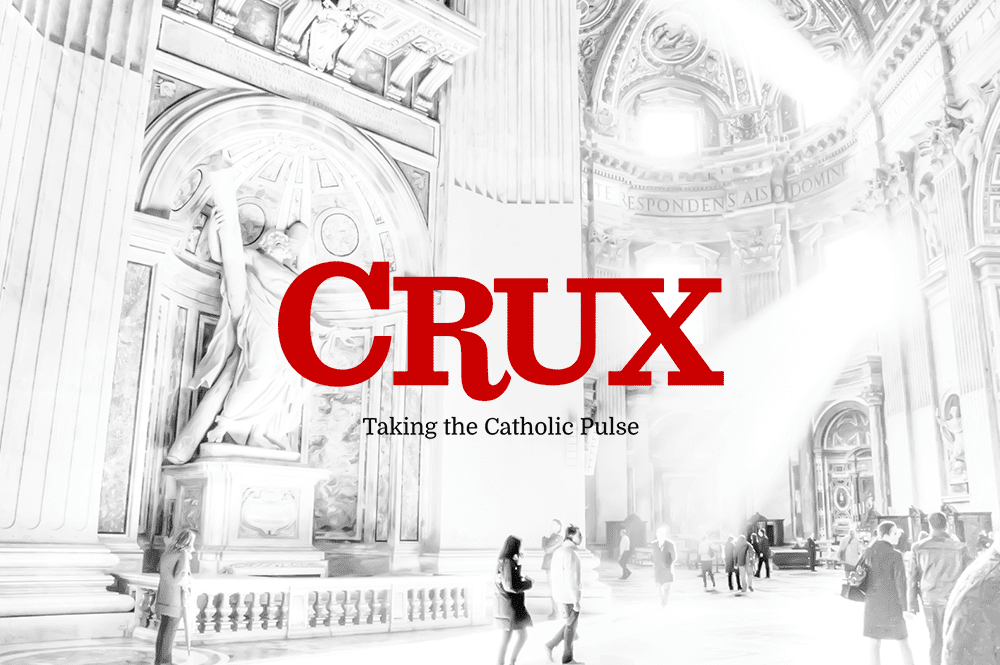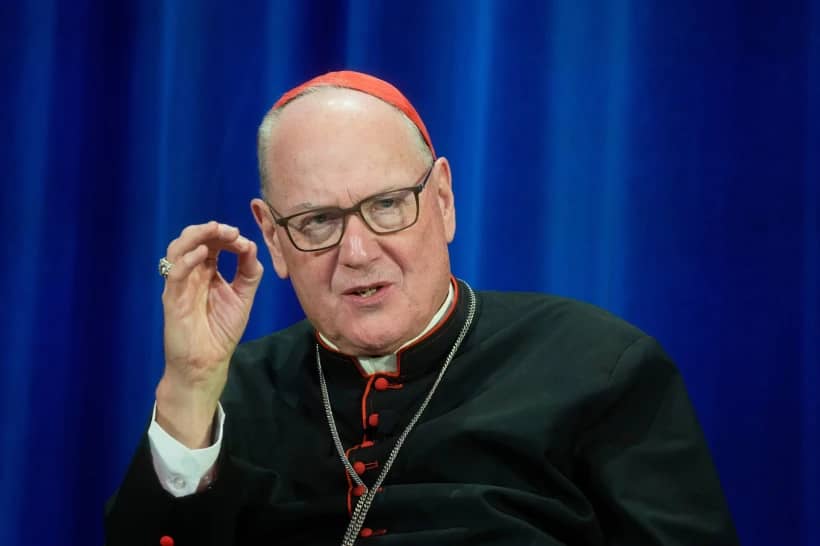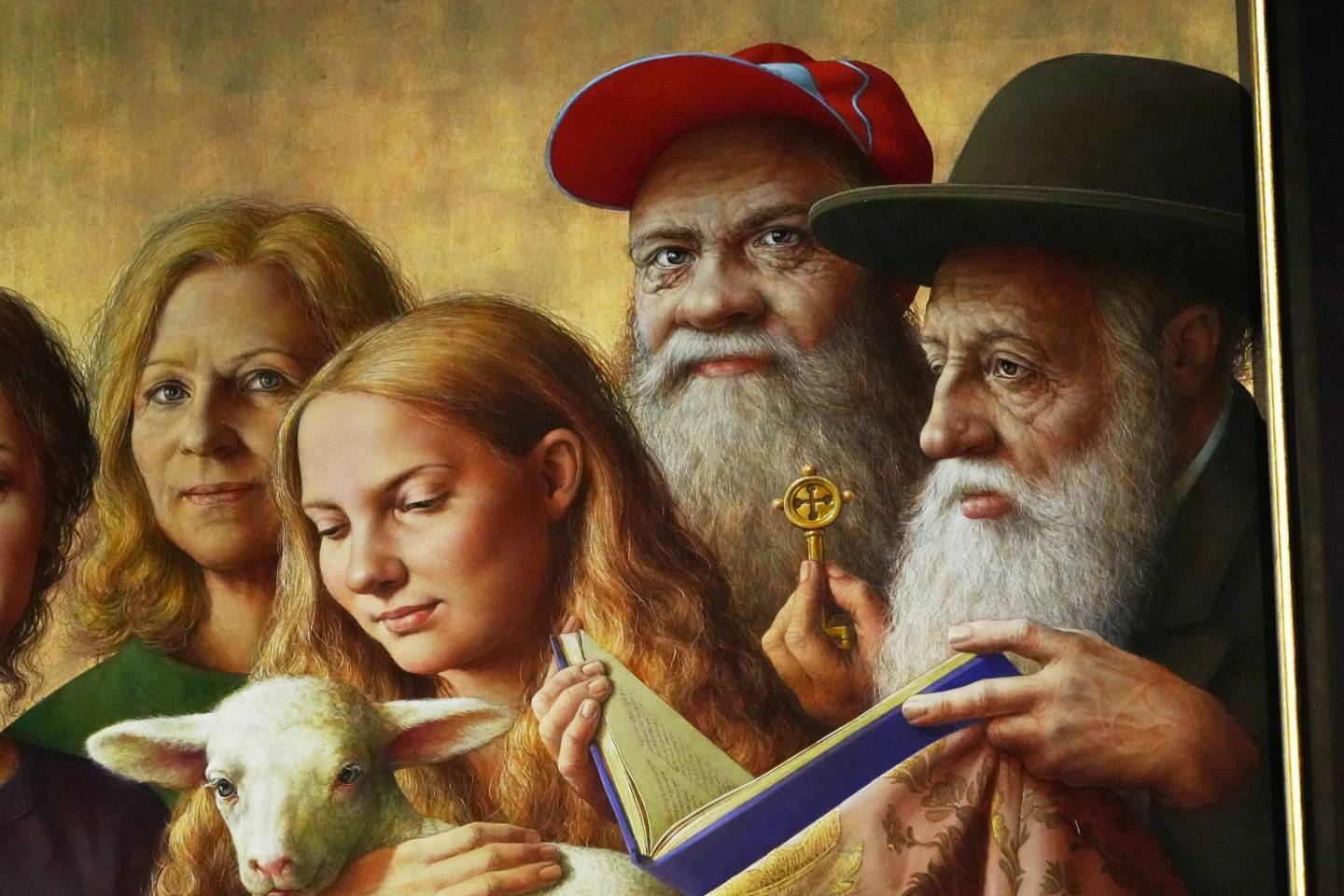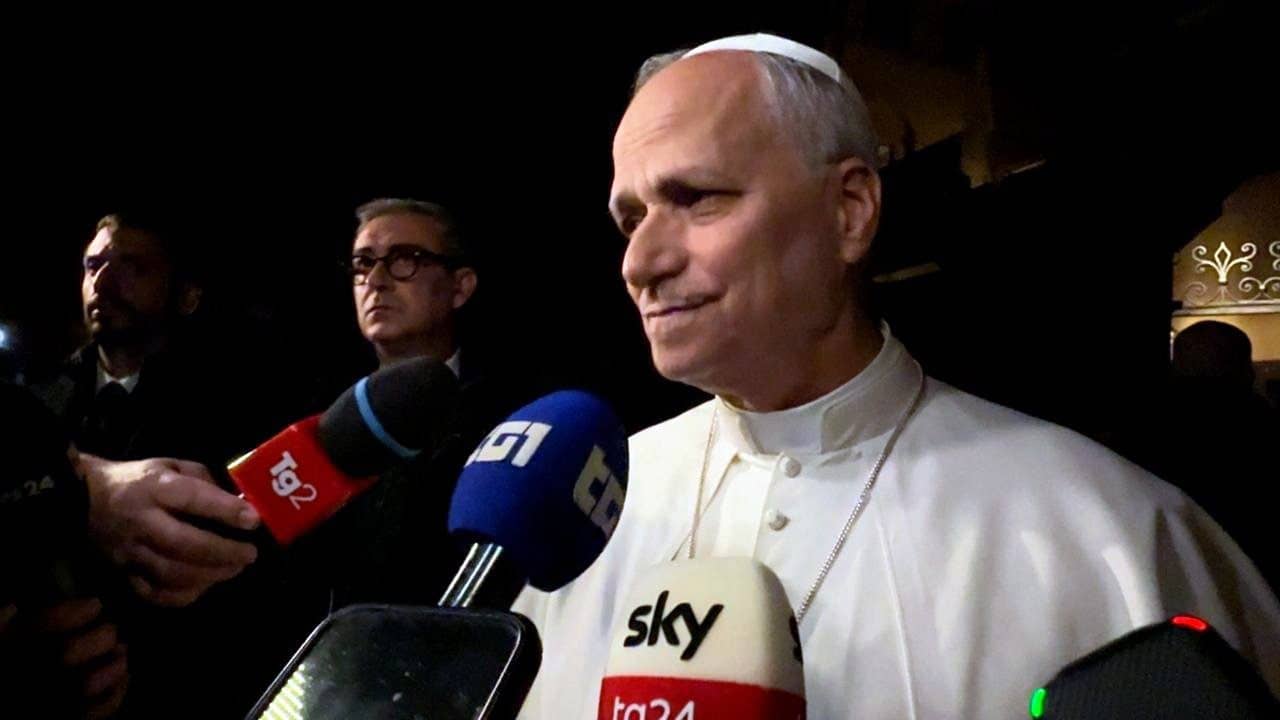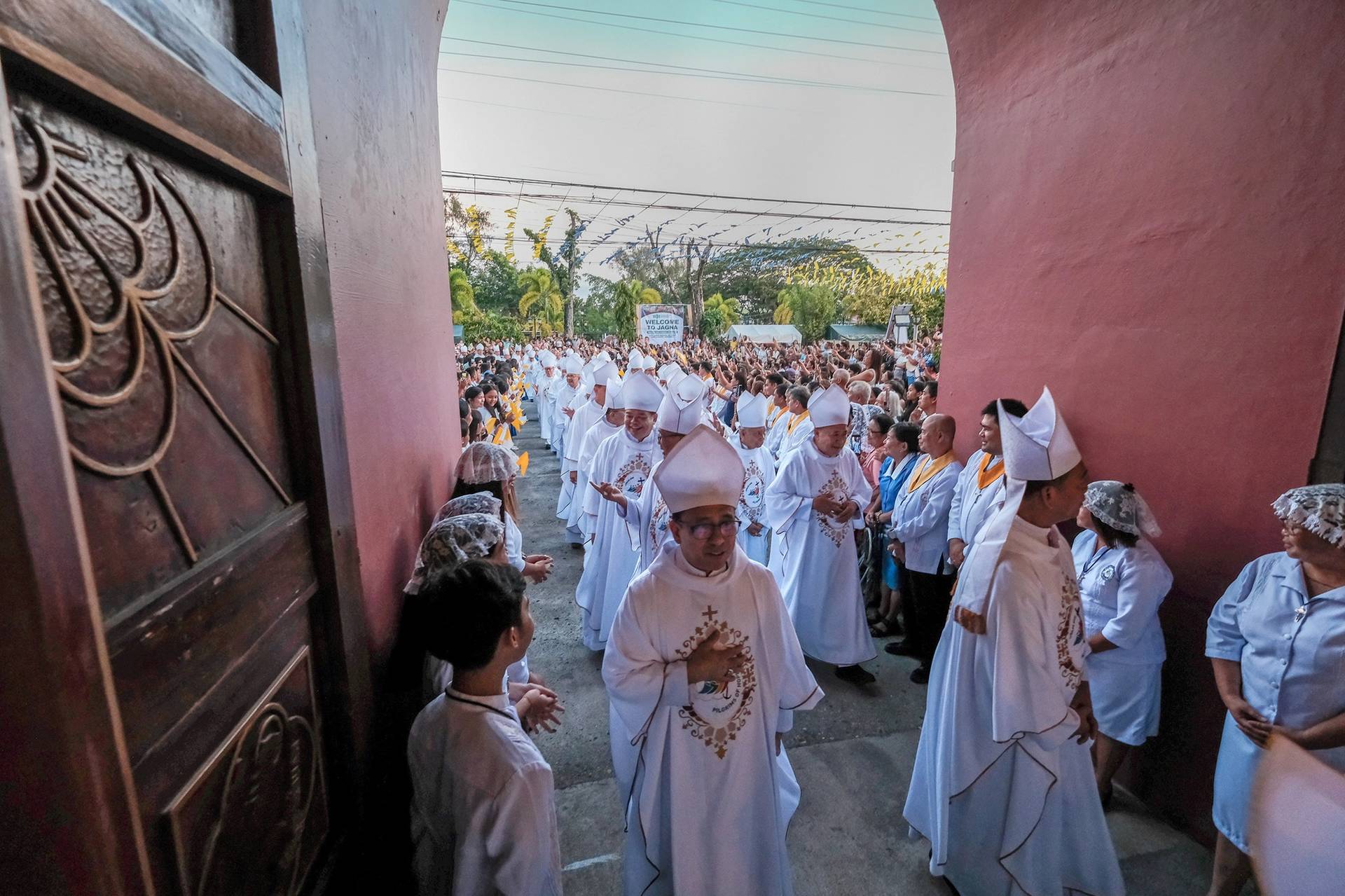“Last Days in the Desert” is now playing in limited release.
“Who do men say that the Son of man is?” Jesus asked his disciples in Matthew 16.
Answers varied at the time, and Jesus movies have offered many takes: Jesus as a gentle healer (Cecil B. DeMille’s silent “The King of Kings”); the transcendent Word (“The Greatest Story Ever Told”); a socially conscious prophet (Pasolini’s “The Gospel According to Matthew”); a pointedly Jewish Messiah (Zeffirelli’s “Jesus of Nazareth”); a self-tortured savior (“The Last Temptation of Christ”); and a divine suffering servant (“The Passion of the Christ”).
Rodrigo García’s “Last Days in the Desert” casts Jesus — or Yeshua, the Hebrew form of the name used here, as in the recent “Risen” — in a rather novel role: that of holy man or solitary ascetic.
Fasting in the desert before embarking on his mission, Yeshua, played by Ewan McGregor, has not yet been revealed as a prophet, healer, messiah, or any such thing.
We can assume that his cousin John is somewhere on the edge of the same Judean desert, preaching repentance, baptizing in the Jordan, and prophesying about the coming reign of God. John is never mentioned, though, nor is Yeshua’s baptism by him prior to this sojourn in the desert.
So far this Yeshua is simply a desert-wandering ascetic, perhaps not unlike the Essenes or like some of John’s disciples, seeking God in solitude and self-denial.
“Are you alone?” asks a desert dweller, played by Ciarán Hinds, before answering his own question: “No. People like you are never alone.”
Hinds’ character assumes that Yeshua, like other holy men or wandering ascetics, has come to the desert because men find that God speaks more clearly there, away from the noise and corruption of human communities.
The austere beauty of the desert, starkly captured by the great cinematographer Emmanuel Lubezki (“The Tree of Life,” “Gravity,” “The Revenant”), does suggest an otherworldly quality, a bleak but transcendent spiritual landscape. (Southern California’s Anza-Borrego Desert doesn’t look much like the Negev, but then McGregor doesn’t make a very Jewish Jesus either.)
God, however, seems remote and silent in this time of trial. Instead, it is another spirit whose voice Yeshua hears clearly: a spirit that wears his own face and speaks with his own voice, for he too is played by McGregor.
No one names him, but the credits call him “The Demon.” Other than McGregor’s subtle acting choices, he is differentiated from Yeshua only by a few bits of jewelry: markers of pride.
The three canonical temptations recounted by Matthew and Luke are not found here; instead, the Demon harasses Yeshua with blasphemies and unsettling remarks, not all of which may be lies — though he does frankly admit, “I am a liar; that is the truth.”
This Demon seems to diverge somewhat from the Christian conception of Lucifer, a tempter to sin to be resolutely ignored or resisted. At times he seems more like the portrait of “Satan” suggested by the first two chapters of the book of Job: a perverse, ambiguously malicious member of the heavenly court, more devil’s advocate than the Devil himself.
Yeshua is not averse to engaging the Demon in dialogue, even asking him at one point what it’s like to be in God’s presence. In another scene he notices the Demon gazing at a shooting star, and accuses him of being moved by it — a charge the Demon denies like a jaded teenager, embarrassed at having been caught tapping his foot to his parents’ uncool music.
“It was a bore,” he says unconvincingly, adding, “I’ve seen every shooting star since the first, every flash of lightning…nothing’s interesting any more.”
In these last days in the desert Yeshua becomes involved in the emotionally fraught domestic drama of Hinds’ small household, consisting of his much younger but sickly second wife (Ayelet Zurer) and his conflicted teenaged son (Tye Sheridan).
Hinds is devoted to the challenge of living in the desert, and means to pass on this way of life to his son.
But the boy wants to see the world, from nearby Jerusalem to the famous lighthouse at Alexandria. His mother supports his wishes — but she is dying, and the father reckons that her impending burial will tie their family to the region forever.
Before Yeshua embarks on his mission to save the world, the Demon challenges him to save this family, to bring their story to a resolution satisfactory to all three.
What I most appreciate about “Last Days in the Desert,” I think, is the physical rigor of the holy man’s ascetic journey. It’s not only his fasting; it’s also the bitter cold of the desert at night, against which he somewhat ineffectively wraps himself; the howling wind pelting him with sand despite his attempts to improvise a makeshift shelter; and of course the heat of the desert days, in which everything seems to be in slow motion.
García takes his time in the early scenes, allowing us to ease into the rhythms of this eremitic phase in its protagonist’s life. A spiritual journey can’t be rushed; the mind and body must submit to long hardship for the spirit to attain its goal.
Like the monastic cinema of “Into Great Silence,” the viewer must have at least a taste of this austerity to enter into the film’s world.
There is a human universality to the holy man’s ascesis; it is a path that would be familiar to Hindus, Muslims, Buddhists, Jains, Taoists, and others. At the same time, there is very little to root the story in a Jewish cultural context; such topics as the law of Moses and the prophets, the commandments, the coming reign of God, sin and repentance, the Sabbath, and so forth — all major preoccupations of the Gospels — don’t come up here.
The boy does say at one point that to waste life is a sin; and Yeshua, in the line closest to the Gospels, tells the boy, “Love God above all,” adding, “Love life.” The first line clearly evokes Jesus’ words about the first or great commandment, but the second is nothing like Jesus’ second commandment, “Love your neighbor as yourself.”
Combined with the boy’s remark about wasting life, Yeshua’s “Love life” suggests a view of life as a great gift, despite its hardships.
Adding to the sense of cultural ambiguity, the Demon floats notions of the world and existence at odds with traditional Judeo-Christian cosmology: The history of the world, he suggests, has played out over and over, with often very slight variations which for baffling reasons are interesting to a remote deity more interested in the shape of a dewdrop than the well-being of his creatures.
The Demon taunts Jesus with a disturbing version of the fate of the small family in the desert which he says really happened in one past iteration.
This may all be lies, of course, but Yeshua doesn’t contradict him; possibly he doesn’t know the extent of the Demon’s lies or truthfulness. For believers, the depiction of Yeshua’s limited human knowledge will raise the same sorts of debates as this spring’s “The Young Messiah,” which I appreciated more than most.
On other points, the Demon’s challenges fail. Yeshua knows the Father loves him and doesn’t seem moved by taunts that the Father loves only himself and is merely amused by Jesus. Later the Demon jeers, “Do you think you’re his only child? There are others.”
But Jesus’ filial consciousness can’t be shaken: “No,” he says calmly. “There is only me.”
Theologically, the question of the relation of Jesus’ human and divine intellects remains mysterious; imaginative depictions like “The Young Messiah” and “Last Days in the Desert” emphasize the principle of kenosis, of Jesus’ self-emptying or putting aside of his divine prerogatives.
These depictions may not always be orthodox, but that doesn’t make them blasphemous. To take a different case, I have argued (in an essay which, I am pleased to note, changed Roger Ebert’s mind on this point) “The Last Temptation of Christ” is blasphemous.
There is a difference between a Jesus who doesn’t know everything about the world or his identity and mission, and one who calls himself a sinner and an idolater and tries to turn the Father’s gaze from him.
There are some points where the ambiguity becomes particularly problematic. The stickiest moment theologically may be a scene in which Yeshua demands that the Demon show him future events relating to the family. (Seeking knowledge of the future from demonic powers is a pretty important religious no-no.)
The heart of the drama is not the struggle between Yeshua and the Demon, but the domestic tension in the family, particularly between the father and the son, a counterpoint to Yeshua and his Father. (We may also think here of García’s relationship with his own father, the legendary writer Gabriel García Márquez, particularly when the film uses magical realist imagery.)
“Last Days in the Desert” plays as an intimate character study, a short story rather than a biblical or quasi-biblical epic like “Noah” or “Son of God.”
It’s not an entirely satisfying short story. The characters and tensions, both merely human and otherwise, are more interesting than how any of it is resolved. A pair of fast-forward denouements add fodder for thought, but don’t appear to contribute to the film’s narrative or themes.
I don’t necessarily mind that García limits the story’s empirical events to the naturalistic — that Jesus performs no miracles and that nothing clearly miraculous or supernatural happens onscreen. (The film would make narrative sense on the theory that the Demon is a figment of Yeshua’s imagination.)
I do think the story needed some kind of redemptive breakthrough or catharsis, some moment of revelation that never quite materialized. “Last Days in the Desert” is a promising exercise in a style of film-making I’d like to see more of, but it’s a promise somewhat unfulfilled.
